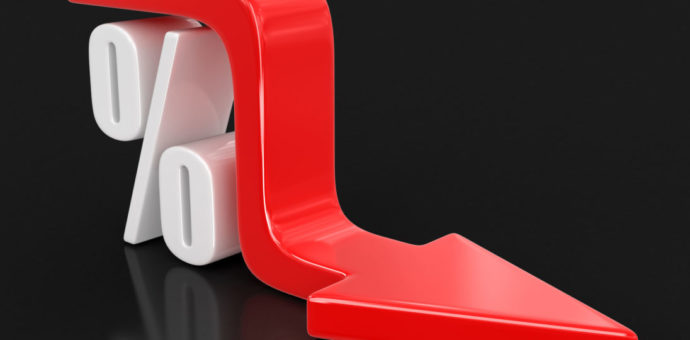Negative interest rates are a reality in several world economies. They are the result of government efforts to stimulate economic and lending activity. As a result, they stimulate inflation and make the currency weaker against others – due to capital flows. However, they are not actually working, according to Forexlive portal editor Adam Button.
And he justifies his statement. In November, the CME analyzed the results of negative interest rates in four regions: the euro zone, Japan, Sweden and Switzerland. All were negative between 2014 and 2016. The report pointed out that none of the four “met their inflation targets as a result of negative interest rates”.
Moreover, the negative rate experiment so far has failed to stimulate growth in a sustainable way. The first returns in Japan, the euro zone and Sweden were solid, but the GDP retreated to almost zero.

Negative interest rates have no impact on currencies
The biggest surprise, however, points out the editor, was the lack of impact on currencies. Overall, the data indicate that negative interest rates have not consistently weakened the currencies analyzed. In some cases, the strategy has made them even stronger.
This is the case of the yen, which has strengthened and, even with the fall since 2016, is still above the level at which the zero limit has been violated. The Swiss franc is also stronger, but this phenomenon is linked to other issues that prevent more assertive conclusions.
One currency in which the strategy took effect was the Norwegian crown, but even there the results were not so significant. As for the euro, there was little decline.
“At the same time, there are growing rumors that negative rates are one of the reasons growth has not recovered.”
The author argues that the results for countries with negative rates will be higher when global growth increases and they are used as “carry funders”. At the same time, there are growing rumors that negative rates are one of the reasons growth has not recovered, he points out.
David Kotok, from Cumberland Advisors, also published an article attacking negative rates. For him, the price of assets does not reflect the reality of economies. As a result, banks and agents exposed to these assets increase their prices to protect themselves from this additional risk induced by negative interest rates. “When they increase their prices, transactional costs increase and as a result it suppress the economic activity.”
Negative interest rates change the rational valuation of companies. And even the decision-making process for new investments in the productive sector, since the cost of money is artificially low. On the other hand, individuals and central banks purchase in many of these overpriced assets.
Analysts say that when the bubble blows up the world could enter a new major recession. And the way out to protect the property is to expose to anticyclical assets such as the bitcoin.







